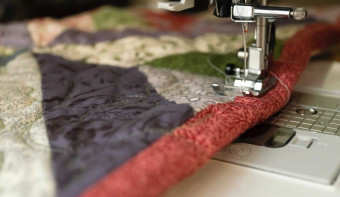About National Handbag Day
The history of handbags takes us on a fascinating journey through time, showcasing the evolution of fashion and design. From practical items to statement pieces, handbags have come a long way, and continue to play an important role in the lives of women around the world.
Handbags have been a staple accessory for women for thousands of years. The history of handbags dates back to ancient civilizations, where bags were used for practical purposes such as carrying money, food, and personal belongings.
In the 16th century, handbags became more decorative, as they were made from luxurious materials such as silk and velvet, and were often embroidered with intricate designs. During this time, handbags were also used as a symbol of status and wealth, with more affluent women carrying larger and more decorative bags.
In the 19th century, handbags became more functional, as women started carrying them for practical purposes such as carrying their personal belongings and money. At this time, bags were often made from leather or canvas and were relatively simple in design.
In the 20th century, handbags saw a major evolution, as designers began creating bags with new materials, shapes, and styles. This was the era of the iconic Chanel 2.55 handbag, which was introduced in 1955 and became one of the most famous handbags of all time.
In the latter half of the 20th century, handbags continued to evolve, with designers experimenting with new materials and designs. Handbags became an important part of the fashion industry, and were no longer simply practical items, but were now seen as statement pieces that could complete an outfit.
Today, handbags are more popular than ever, and are a staple accessory for women of all ages and styles. From designer handbags to casual bags, there is a handbag for every occasion, and they continue to be an important part of the fashion industry.










